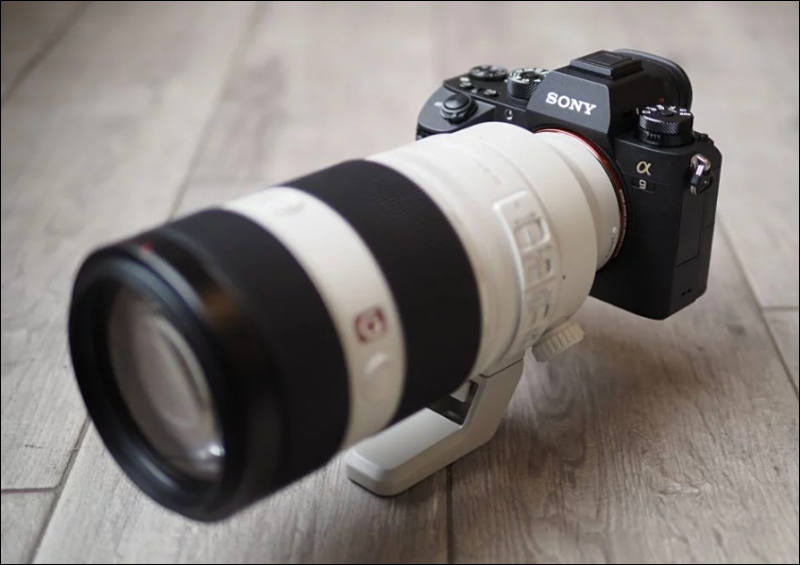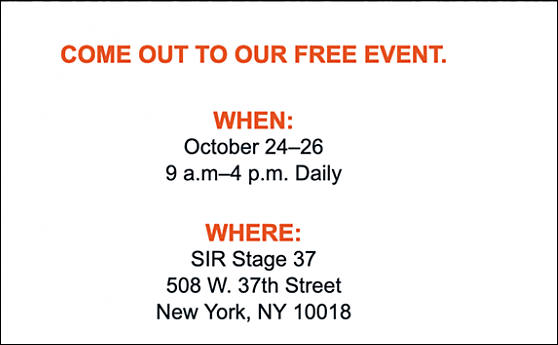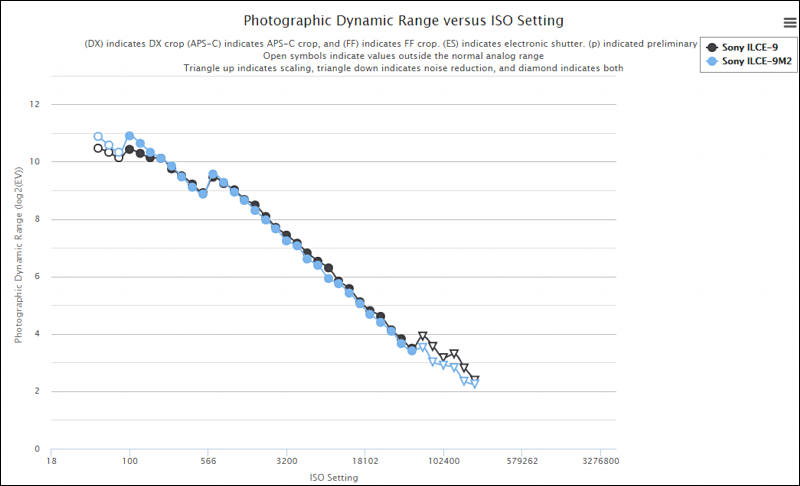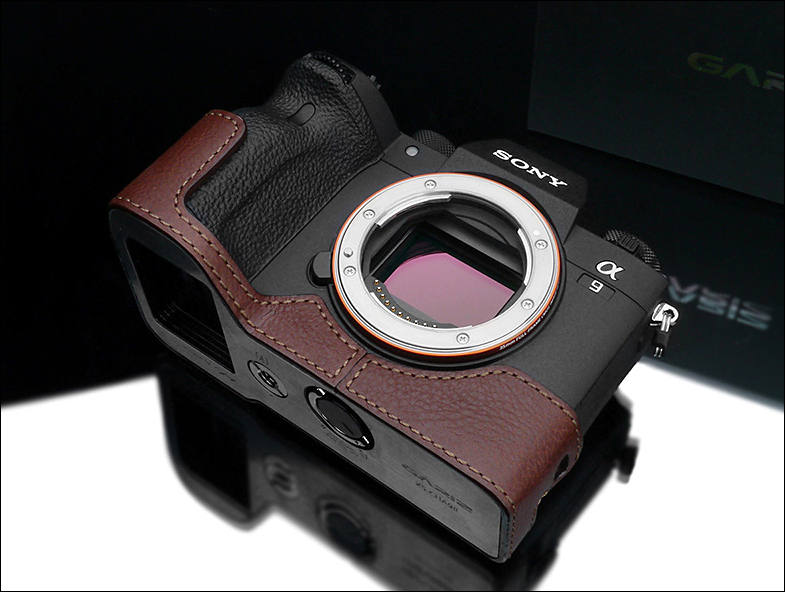
-
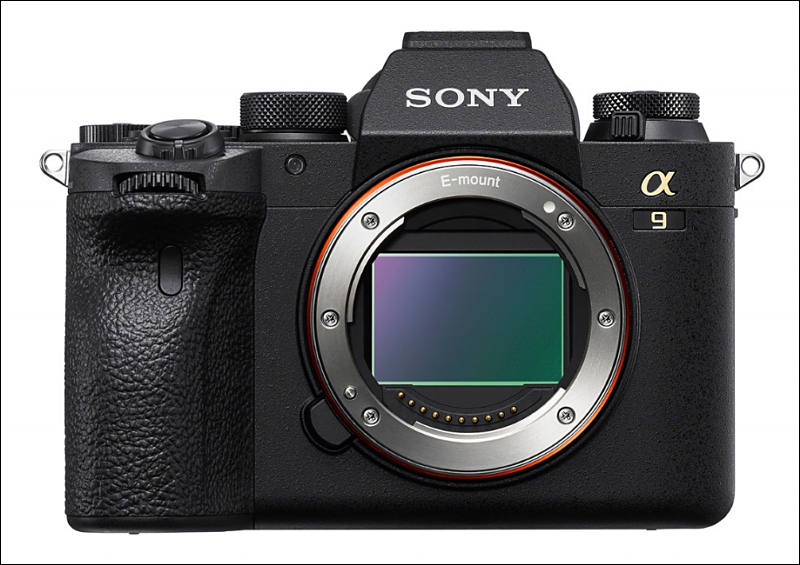
Specs
- Upgraded BIONZ X™ image processing engine gains maximum benefit from the sensor’s fast readout speed. Processor works with front-end LSI to enhance speed in AF/AE detection, image processing, face detection and accuracy, and more
- Upgraded dust and moisture resistant[xviii] design to meet the needs of professionals in even the most challenging outdoor conditions. Stronger sealing provided at all body seams as well as the battery compartment cover and media slot
- Latest image-processing algorithm reduces noise in the medium-to-high sensitivity range while improving subjective resolution and image quality
- 5-axis optical in-body image stabilisation system that provides a shutter speed advantage of 5.5 steps[xix]
- Improved grip configuration for even greater comfort and sure hold. Compatible with Sony VG-C4EM Vertical Grip
- Improved button design and feel. Increased diameter and feedback of the ‘AF-ON’ button; a refined multi-selector joystick design; an exposure compensation dial lock button and a redesigned shape and new position for the rear dial
- Redesigned shutter mechanism to suppress even the slightest movement that can cause image blur. Tested for durability in excess of 500,000 shutter cycles[xx]
- USB Type-C™ connector that supports fast USB 3.2 Gen 1 data transfer
- Dual media slots that are both compatible with UHS-I and UHS-II SD cards, allowing higher overall capacity and faster read/write speeds
- Digital audio interface has been added to the camera’s Multi Interface Shoe™ (MI Shoe) enabling the new ECM-B1M Shotgun Microphone or XLR-K3M XLR Adaptor Kit to be connected directly to the MI Shoe for cleaner, clearer audio recordings
- $4499 at
- Product page - https://www.sony.co.uk/electronics/interchangeable-lens-cameras/ilce-9m2
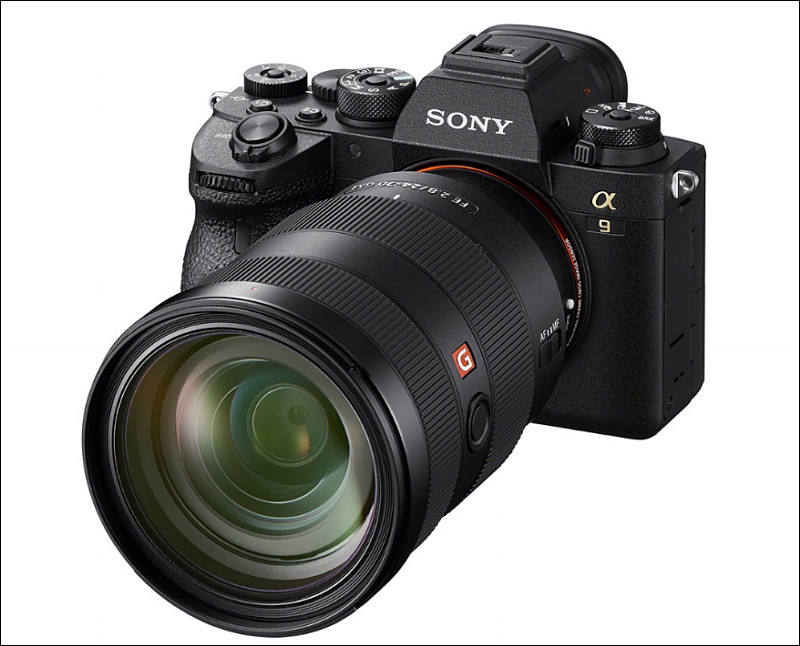
-
UK PR
Sony Introduces A9 II Adding Enhanced Connectivity and Workflow for Professional Sports Photographers and Photojournalists
Sony today announced A9 II (model ILCE-9M2). The latest model from Sony’s acclaimed line-up of α™(Alpha™) full-frame interchangeable lens cameras has been created specifically to support working professionals in the fields of sports photography and photojournalism.
The new A9 II builds on the impressive legacy of the original A9, maintaining ground breaking speed performance including blackout-free continuous shooting[i] at up to 20 frames per second[ii] with Auto Focus and Auto Exposure tracking, 60 times per second AF/AE calculations[iii] while incorporating even more functionality driven directly from the voice of professionals.
“The voice of our customers is absolutely critical to Sony – we are always listening,” said Yann Salmon Legagneur, Director of Product Marketing, Digital Imaging, Sony Europe. “The A9 II is the direct result of countless feedback sessions with agency, sports and news photographers since the launch of the original A9. We’ve added connectivity and network capabilities that drastically improve the professional workflow, while also making subtle adjustments to design, interface and processing power that complete the user experience. Complemented by our extremely versatile E-mount system – with 55 native lenses introduced at this point, including the super-telephoto 600mm and 400mm G Master™ series lenses – this new camera is a tool unlike any other for professionals either in the field or on the field.”
Raising the Bar for Built-in Connectivity in the Professional’s Workflow
The A9 II includes an in-built 1000BASE-T Ethernet terminal, enabling gigabit communication for high-speed, stable data transfer operations. Additionally, File Transfer over SSL or TLS encryption (FTPS) is supported for increased data security and PC remote (tether) shooting performance is improved, with decreased release time lag and reduced live view screen delay when using the ‘Remote Camera Tool’ desktop application[iv]. The speed of the camera’s built-in wireless LAN functionality has also been increased, adding a stable and fast 5 GHz (IEEE 802.11ac)[v] band, in addition to the 2.4 GHz provided in the A9. IEEE 802.11a/b/g/n/ac standards are all supported.
Designed to improve the speed of news agencies’ workflow, the A9 II features a new Voice Memo function that allows spoken information to be attached to images in the form of voice memos that can be replayed when the images are reviewed. The voice data can also be included with images sent to an editor, giving them important information needed for effective editing. Alternatively, a field photographer can also use the ‘Transfer & Tagging add-on’ “Imaging Edge™” application[vi] to transfer voice tags with the images to their mobile device and have the voice memos automatically[vii] converted to text and added to the JPEG images in the form of IPTC metadata[viii]. All of this can be done automatically or manually, selectable by the photographer.
By combining wireless voice / image transfer and automatic voice to text conversion with the ability to auto transfer images with attached voice memos via FTP, it is possible to shoot and transfer the results to an FTP server without ever having to operate a smartphone. FTP settings within the app can also be sent to a camera via Bluetooth®, allowing for a faster workflow.
The Platinum Standard for Speed and Auto Focus Performance
The new A9 II shares the same acclaimed 35mm full-frame stacked 24.2 MP[ix] Exmor RS™ CMOS image sensor with integral memory as the original A9, giving it the same unmatched speed performance and outstanding image quality. The new model can shoot continuously and completely silently[x] at 20 fps for up to 361 JPEG images[xi] or 239 compressed RAW images[xii], with no viewfinder blackout, allowing the photographer to follow the subject and action with no interruption to the EVF during picture taking. For times when mechanical shutter is preferred or required, the new A9 II has been improved to shoot at up to 10 fps, about 2x the speed of the A9.
The camera is able to function whilst continuously calculating Auto Focus and Auto Exposure at up to 60 times per second, with newly optimised AF algorithms that provide notably enhanced AF precision and performance, ensuring that even the most erratic subject motion, often experienced in sports, is captured with high precision. Also useful for sporting events, the camera now offers an anti-flicker[xiii] shooting mode that automatically detects and adjusts for the presence of fluorescent or artificial lighting to maximise image quality.
The advanced focusing system in the new A9 II is comprised of 693 focal-plane phase-detection AF points covering approximately 93% of the image area, as well as 425 contrast AF points. This Fast Hybrid Auto Focus system achieves extremely fast and accurate performance, ensuring all fast-moving subjects are accurately captured. Additional notable focusing capabilities include Real-time Eye AF with right eye / left eye selection, Real-time Eye AF for animals[xiv] – augmented with a new algorithm, Real-Time Eye AF for movie[xv], Real-time Tracking,[xvi] selectable focus frame colour, Touch Pad focus point control while using the viewfinder and more. AF can continuously track even in continuous shooting is greater than F16[xvii], providing further accuracy for shots that require slower shutter speeds.
Refined Build and Operability
- Upgraded BIONZ X™ image processing engine gains maximum benefit from the sensor’s fast readout speed. Processor works with front-end LSI to enhance speed in AF/AE detection, image processing, face detection and accuracy, and more
- Upgraded dust and moisture resistant[xviii] design to meet the needs of professionals in even the most challenging outdoor conditions. Stronger sealing provided at all body seams as well as the battery compartment cover and media slot
- Latest image-processing algorithm reduces noise in the medium-to-high sensitivity range while improving subjective resolution and image quality
- 5-axis optical in-body image stabilisation system that provides a shutter speed advantage of 5.5 steps[xix]
- Improved grip configuration for even greater comfort and sure hold. Compatible with Sony VG-C4EM Vertical Grip
- Improved button design and feel. Increased diameter and feedback of the ‘AF-ON’ button; a refined multi-selector joystick design; an exposure compensation dial lock button and a redesigned shape and new position for the rear dial
- Redesigned shutter mechanism to suppress even the slightest movement that can cause image blur. Tested for durability in excess of 500,000 shutter cycles[xx]
- USB Type-C™ connector that supports fast USB 3.2 Gen 1 data transfer
- Dual media slots that are both compatible with UHS-I and UHS-II SD cards, allowing higher overall capacity and faster read/write speeds
- Digital audio interface has been added to the camera’s Multi Interface Shoe™ (MI Shoe) enabling the new ECM-B1M Shotgun Microphone or XLR-K3M XLR Adaptor Kit to be connected directly to the MI Shoe for cleaner, clearer audio recordings
Sony A9 II - Pricing and Availability
The A9 II will ship in Europe in October 2019, priced at approximately $4500 / €5400.
-
US PR/Description
The second generation of speed, the Sony Alpha a9 II takes the impressive feature-set of its predecessor and adds enhanced connectivity, a refined body design, and even quicker performance. Utilizing the proven 24.2MP full-frame Exmor RS BSI stacked CMOS sensor and an updated BIONZ X processor, the a9 II sports especially quick and responsive capabilities. Up to 20 fps shooting is possible with a silent electronic shutter or up to 10 fps with a mechanical shutter is supported, along with a wide sensitivity range that reaches up to an expanded ISO 204800. The sensor's design also incorporates a 693-point phase-detection autofocus system, which offers intelligent subject tracking and Real-time Eye AF to ensure critical focus on moving subjects. The BIONZ X also performs up to 60 AF/AE functions per second to go along with the 20 fps shooting for reliable results in quickly changing situations. In addition to stills, UHD 4K video recording is supported at up to 30 fps and Quick and Slow Motion recording is also available. Additionally, 5-axis SteadyShot INSIDE sensor-shift image stabilization is available, too, which minimizes the appearance of camera shake by up to 5.5 stops.
Benefitting the imaging capabilities, the a9 II receives a dramatic update in its physical design, featuring a more ergonomic body shape, refined weather sealing, and improved connectivity. A 3.69m-dot OLED EVF provides a bright, clear eye-level viewing means and affords blackout-free viewing to support photographing at high continuous speeds. The rear 3.0" 1.44m-dot tilting LCD has a touchscreen design, too, for intuitive control over shooting settings and playback. Dual UHS-II SD memory card slots permit flexible file storage and the a9 II has been fitted with an improved 1000BASE-T Ethernet port for faster wired LAN sharing and remote camera operation. 5.0 GHz wireless sharing and Bluetooth are integrated, as well, for wireless sharing and remote camera control. Additionally, Voice Memos enables you to record up to 60-second sound clips with each photo, which can then be automatically converted to text, using the Transfer & Tagging app add-on, and then embedded into files' metadata.
24.2MP Exmor RS BSI Stacked CMOS Sensor and BIONZ X Image Processor
Built for speed, the a9 II utilizes a 24.2MP Exmor RS BSI stacked CMOS sensor, along with an updated BIONZ X image processor, that yields impressively quick and responsive performance. Up to 20 fps continuous shooting is possible using an electronic shutter or 10 fps shooting is supported with a mechanical shutter. The sensor's back-illuminated design also affords high sensitivity to an extended ISO 204800 with reduced noise for clean image quality in a variety of lighting conditions. Additionally, uncompressed raw files can be recorded in 14-bit for greater color fidelity and post-production flexibility.
The BIONZ X processor also works in conjunction with a high-speed front-end LSI to realize faster processing times along with a wide dynamic range with smooth tonal rendering. Benefitting the fast recording capabilities is an equally quick AF/AE metering system that functions at 60 times per second to continuously evaluate the scene in order to lock onto and track moving subjects. Automatic anti-flicker shooting also recognizes and times the shutter action to minimize the flicker effect for more consistent results on still images. Additionally, due to the use of an electronic shutter, totally blackout-free monitoring is possible with the electronic viewfinder for more accurate compositions of moving subjects.
Fast Hybrid AF System
Covering 93% of the image area, a Fast Hybrid AF system incorporates 693 phase-detection points along with 425 contrast-detection areas for quick and precise focusing in a variety of lighting conditions with sensitivity down to -3 EV. The density of focusing points from this hybrid AF system also enables High-density Tracking AF Technology, which is adept at tracking moving subjects in a variety of lighting conditions. Updated AF algorithms also benefit maintaining critical focus on erratically or unpredictably moving subjects. Additionally, the use of phase-detection points enables the use of A-mount lenses via the optional LA-EA3 or LA-EA1 lens mount adapters with full continuous AF/AE tracking compatibility.
The apt focus system also lends itself to a variety of focusing functions for refined accuracy, including Lock-on AF, which maintains focus on moving subjects throughout the use of a configurable frame that is set over the desired moving subject, and Expand Flexible Spot, which employs neighboring focus points to retain focus on moving subjects even if the originally selected point loses focus. The focus frame color is selectable, between white and red, and AF tracking is possible with apertures narrower than f/16 with select lenses when working in Focus Priority mode. Additionally, Eye AF can be used to base focus on recognized human subjects' eyes for portraits and is available in both AF-S and AF-C modes, for both stills and video. Eye AF can be used when photographing animal subjects, too, with any focusing mode when shooting stills. Autofocus can also be used in conjunction with the Focus Magnifier function for critical focus when homing in on minute subject details. The rear touchscreen can also be used for Touch Focus control, and a Touchpad Focus Control mode lets you use the rear screen intuitively while keeping your eye to the viewfinder. Additionally, when working in AF-C mode, the focus point can be moved while the shutter button is half-pressed, making it easier to quickly shift focus without losing sight of the action.
Body Design
- A Quad-VGA OLED Tru-Finder EVF is featured and has a 3.69m-dot resolution and 0.78x-magnification for bright, clear viewing in rich detail, and a dedicated High Quality setting enables a 120 fps refresh rate for especially smooth playback of moving subjects. Additionally, a fluorine coating has been applied to the outermost viewfinder element to benefit cleaning.
- In addition to the EVF, a 3.0" 1.44m-dot rear LCD is also available, which has a touch panel design for intuitive operation and focusing control. The screen also tilts upward and downward to benefit working from high and low angles.
- Magnesium alloy chassis assures rigidity, durability, and stability while remaining lightweight. The lens mount has also been improved to better support heavy lenses, and the grip rigidity has been improved for more comfortable hand-holding.
- Extensive weather-sealing, including enhanced sealing around the battery cover, terminal cover, and chassis joints, has been employed to resist dust and moisture for reliable operation in harsh weather conditions.
- Using the same NP-FZ100 battery as its predecessor, the a9 II's battery life is rated for approximately 500 shots per charge with the EVF or 690 shots with the rear LCD.
- Dual SD memory card slots allow for flexible file saving and handling and can be configured to partition raw and JPEG files or can be used for overflow recording. Both of the card slots are rated to support UHS-II memory cards for faster transfer speeds.
- A USB 3.2 Gen 1 Type-C port has been added, in addition to a micro-USB port, for faster, more reliable tethering support. The USB Type-C connection allows the camera to be charged from the host power source while connected.
- Integrated PC sync terminal for wired flash sync with strobe packs or wireless radio remotes.
- Durable shutter design has been tested for 500,000 actuations.
- Updated Multi Interface Shoe supports working with the optional ECM-B1M Shotgun Microphone or XLR-K3M XLR Adapter Kit, which provide improved, clear audio recording sound by sending a digital audio signal to the camera, opposed to an analog signal.
- The a9 II also features a 3.5mm microphone input jack for compatibility with external microphones.
- Compatible with optional VG-C4EM Vertical Grip.
Connectivity
- Built-in Wi-Fi enables the a9 II to instantly share imagery to mobile devices for direct sharing online, and support for both 2.4 and 5.0 GHz bands also enables wireless tethered shooting support. NFC (Near Field Communication) is also supported, which allows for one-touch connection between the camera and compatible mobile devices; no complex set-up is required. Once connected, the linked mobile device can also display a live view image on its screen and remotely control the camera's shutter.
- Bluetooth connectivity allows for location data acquisition.
- Integrated Ethernet port has been upgraded to 1000BASE-T speed for quick wired LAN sharing and remote operation.
- When working over a wired LAN, the Remote Camera Tool 2.1 app now has been enhanced for a reduced release time lag and live view delays as well as support for remote SD card formatting, FTP server switching, and changes to the still image storage destination. Wired or wireless LAN transfers can also occur in the background, while continuing to shoot.
- Imaging Edge Remote for desktop now supports the a9 II for PC Remote shooting via the Wi-Fi connection or tethered by the wired USB Type-C port. An updated data transfer control now makes it possible to transfer files from an SD card over Wi-Fi using the Imaging Edge Mobile app even when the camera is powered off.
- Transfer & Tagging add-on app can send FTP setting parameters from your mobile device to the camera, offers automatic data upload to an FTP server with attached metadata, and can perform automatic voice-to-text conversion.
- Voice Memos can be recorded in conjunction with still images and allow for attaching up to 60-second-long sound recordings to individual images. Saved as WAV audio files, these memos can be attached to files and played when the images are reviewed. Using the Transfer & Tagging add-on on a smartphone, you can automatically or manually convert this audio into text to be embedded in the image's metadata.
- Up to 10 distinct FTP settings can be saved and stored to an SD card, or up to 20 different settings can be saved via the Imaging Edge Mobile app.
UHD 4K Video Recording in XAVC S Format
Internal recording of UHD 4K movies is possible in multiple frame rates up to 30 fps and, based on the Super35mm recording area and effective 6K resolution, oversampling renders greater detail and full pixel readout is possible, that is void of pixel binning, for higher quality imagery with reduced moiré and aliasing. Full-frame 4K recording has also been dramatically improved for improved quality when working at mid to high sensitivities to permit full use of the entire sensor width. Full HD 1080p recording is also supported in frame rates up to 120 fps, and both resolutions utilize the 100 Mbps XAVC S format contained within an MP4 wrapper with 4:2:0 sampling. The high-speed, 120 fps recording also enables 4x and 5x slow-motion movie recording with the frame rate set to either 30p or 24p. In addition to high-resolution internal recording, uncompressed HDMI output also enables the use of an optional external recorder for clean 4K recording with 4:2:2 sampling.
4K video recording also avails the ability to produce 8MP stills during playback by taking a frame grab from a movie and storing it as a separate file.
5-Axis SteadyShot INSIDE Image Stabilization
The a9 II incorporates an enhanced 5.5-stop effective 5-axis SteadyShot INSIDE image stabilization system, which compensates for five different types of camera shake encountered during handheld shooting of stills and video. This allows users to confidently use any lens, even adapted lenses, for critical imaging without encountering blur from camera shake.
For long focal lengths, the system will correct for pitch and yaw adjustments. Macro and high-magnification imagery, on the other hand, will benefit from the inclusion of horizontal and vertical shift compensation. All shooting styles will get usage out of the roll compensation. All 5 axes of stabilization will function at all times, even when used with third-party lenses and adapters or lenses with built-in optical stabilization.
Other Camera Features
- Save/load camera settings is possible in-camera as well as to an SD card for working with the same shooting settings with multiple camera bodies.
- Customizable Fn button can be set to handle separate tasks depending on if working in stills or video modes.
- A Ratings function lets you assign star values, from 1-5, to images in-camera for faster editing and sorting at home during post-production.
- An advanced 1200-zone evaluative exposure metering sensor delivers consistent and accurate results using multi-segment, center-weighted, or spot metering modes.
- Highlight and Average metering modes helps avoid blown-out highlights and provide stable auto-exposure, respectively.
-
"Picture Profiles have been left out since the a9 II is focused more on high-end photography applications where speed is critical."
-
Why they still left the LCD and buttons besides shutter? As all of them clearly slow down real professional...
-
Talks in the industry about A9 Mark II
Sony unusual approach to announcement is due to fact that they want to 100% control all initial reviews and previews.
As top management do not want even slightest negative comments. All so called ambassadors and leading reviewers are informed about this.
With cost to manufacture around $650-850 for the body Sony initially though about setting $2999 price as it is still enough profits. But during top managers meeting it had been decided that rich and pros must pay for few new Teslas that management want to buy to replace their Mercedeses.
-
Shutter unit
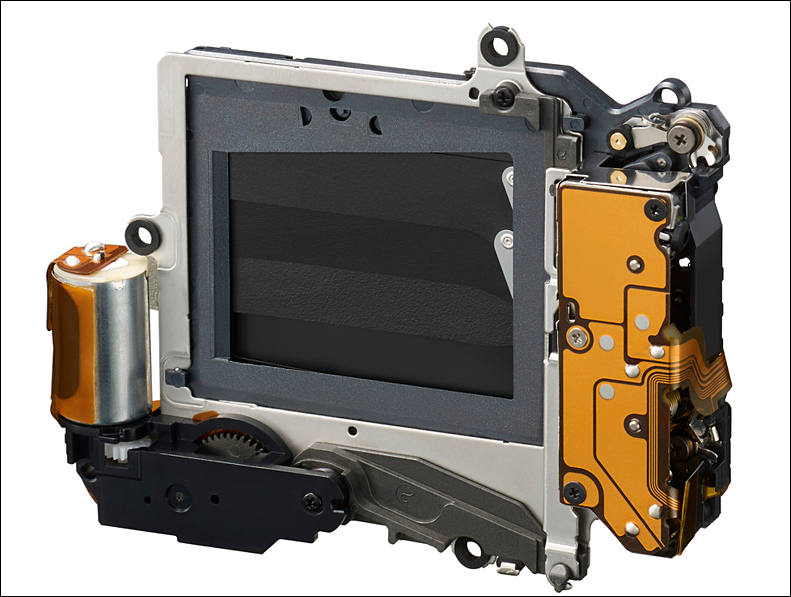
Sealing scheme
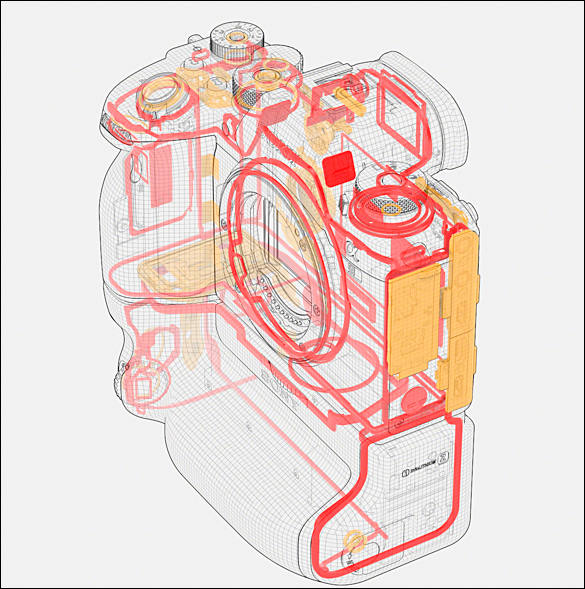

 sa10316.jpg791 x 597 - 68K
sa10316.jpg791 x 597 - 68K
 sa10317.jpg585 x 589 - 73K
sa10317.jpg585 x 589 - 73K -
Main updates since original A9
- Upgraded BIONZ X image processor - said to give improved AF/AR detection, image processing, face detection and accuracy.
- Upgraded dust and moisture resistant design - with stronger sealing provided at all body seams
- Latest image-processing algorithm - to reduce noise in the medium-to-high sensitivity range, whilst also improving resolution and image quality
- Improved Image Stabilization - 5.5stops
- Improved grip, with improved comfort, also compatible with Sony VG-C4EM vertical grip
- Improved button design and feel, with a bigger AF-ON button, refined joystick, exposure comp dial lock button, with a redesigned shape and position for rear dial
- Redesigned shutter mechanism to suppress movement that can cause image blur (still rated for 500,000 shutter cycles)
- USB Type-C connection
- Dual media slots now both support UHS-II
- Digital audio interface has been added to the camera's multi interface show (MI shoe) to support ECM-B1M shotgun mike, or XLR-K3M.
-
Yawn@ All camera's lacking 4K 60p or better in 2019. No appropriate words@ how I feel about all of these overpriced non revolutionary "revolutionary" camera's in 2019. "Revolutionary" is the word of the year for marketing apparently. X-T3, and EMX-1 are the only camera's that broke free from the herd, but even they are overpriced. The bubble was popping in slow motion this time, but it has officially popped and these companies will be doused to dull flames if they don't get a clue very very soon.
-
It's funny how there are virtually no full size sample images from the A9II on the web, although the camera is in the stores already. :)
-
It's funny how there are virtually no full size sample images from the A9II on the web, although the camera is in the stores already. :)
Considering that it's the same sensor as in the original A9, the image quality should be pretty much the same, especially if shooting RAW. So you could probably look at A9 sample images to get an idea of what to expect.
-
@davedv Sony praised themselves with better low light and improved image quality in the press release of the A9II. I want to see something concrete, is that much to ask!?
Howdy, Stranger!
It looks like you're new here. If you want to get involved, click one of these buttons!
Categories
- Topics List23,993
- Blog5,725
- General and News1,354
- Hacks and Patches1,153
- ↳ Top Settings33
- ↳ Beginners256
- ↳ Archives402
- ↳ Hacks News and Development56
- Cameras2,368
- ↳ Panasonic995
- ↳ Canon118
- ↳ Sony156
- ↳ Nikon96
- ↳ Pentax and Samsung70
- ↳ Olympus and Fujifilm102
- ↳ Compacts and Camcorders300
- ↳ Smartphones for video97
- ↳ Pro Video Cameras191
- ↳ BlackMagic and other raw cameras116
- Skill1,960
- ↳ Business and distribution66
- ↳ Preparation, scripts and legal38
- ↳ Art149
- ↳ Import, Convert, Exporting291
- ↳ Editors191
- ↳ Effects and stunts115
- ↳ Color grading197
- ↳ Sound and Music280
- ↳ Lighting96
- ↳ Software and storage tips266
- Gear5,420
- ↳ Filters, Adapters, Matte boxes344
- ↳ Lenses1,582
- ↳ Follow focus and gears93
- ↳ Sound499
- ↳ Lighting gear314
- ↳ Camera movement230
- ↳ Gimbals and copters302
- ↳ Rigs and related stuff273
- ↳ Power solutions83
- ↳ Monitors and viewfinders340
- ↳ Tripods and fluid heads139
- ↳ Storage286
- ↳ Computers and studio gear560
- ↳ VR and 3D248
- Showcase1,859
- Marketplace2,834
- Offtopic1,320



